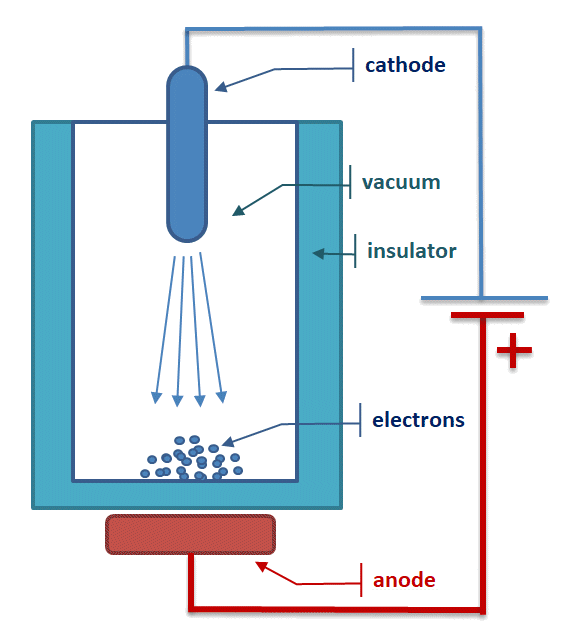A South Korean research team believes that thay has found an solution for superconductor.
Fantastic news if it is correct!!
Wikipedia
LK-99 is a potential room-temperature superconductor with a gray‒black appearance.[2]: 8 It has a hexagonal structure slightly modified from lead‒apatite, by introducing small amounts of copper. The material was first discovered and manufactured by a team of researchers including Sukbae Lee (이석배) and Ji-Hoon Kim (김지훈) from Korea University.[2]: 1 The team claims it functions as a superconductor at ambient pressure and below 400 K (127 °C; 260 °F).[3][2]: 1
As of 1 August 2023, the material has not been confirmed to be superconducting at any temperature. The synthesis of LK-99 and observation of its superconductivity have not been peer reviewed or independently replicated.[4] The announcement was widely shared and the reaction by the scientific world was mainly skeptical due to the extraordinary nature of the claims,[5] and errors and inconsistencies in the pre-published papers. Independent teams are attempting to replicate the South Korean team's work, with results expected in August 2023 owing to the straightforward method of producing the material.[5]
The initial studies announcing the discovery were uploaded to the open-access repository of electronic preprints arXiv. Lee claimed that the uploaded preprint papers were incomplete,[6] while coauthor Hyun-Tak Kim (김현탁) stated that one of the papers contained defects.[7]





